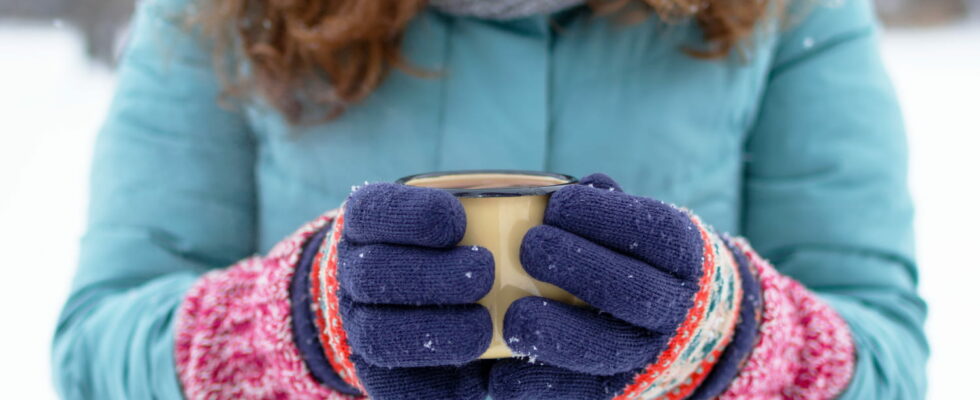With the intense cold hitting France this winter, it is important to cover up well when going outside. And contrary to common belief, there are much better ways to protect your hands than gloves.
The cold has set in everywhere in France this winter, with temperatures often below zero. And if these conditions pose little problem for mountain dwellers, accustomed to low temperatures, this is not the case in many regions where many fear going out in a freezing atmosphere. Of course, you can always protect your body, head and feet with warm clothing, cozy hats and fur-lined shoes, but very often, your hands get cold very quickly, even when wearing gloves.
And in fact, contrary to what one might think at first glance, gloves do not constitute the best protection against the cold. As a University of Arizona scientist proved in an astonishing study, there is much better.
While working in Antarctica, this doctor tested more than twenty types of hand coverings in freezing conditions, where temperatures were around -23°C. His goal was to find the most effective accessory for retaining body heat in the hands. Armed with a temperature sensor attached to his little finger, he walked several kilometers, repeating the walk with different devices, in a biting wind.
And the result of his experiment is surprising. While you would think that sophisticated, even heated gloves would be the ideal solution, it turned out that was not the case. Even without lining or special technology, mittens, these gloves with cut ends, showed superior performance in heat retention.
Indeed, unlike traditional gloves which insulate each finger, mittens allow the fingers to warm each other by creating a sort of microenvironment inside the hand cover. This observation has been supported for decades by the Wilderness Medical Society, an organization specializing in medical care in extreme environments, which regularly recommends the use of mittens because of their ability to keep hands warm longer than gloves. By grouping the fingers together, mittens reduce the surfaces exposed to the cold and create better heat circulation. An advantage that we also find with mittens which completely envelop the hands, but which prove less practical for precise manipulations.
The ideal solution could be a combination of several layers: a pair of thick mittens over a thin liner can further optimize heat retention. This way, we avoid not only cold fingers, but also the clumsiness that we can feel when wearing thick gloves, which limit dexterity.
Note, however, that even if all necessary precautions are taken, hands and fingers can suffer from the cold, especially when exposed to low temperatures for a long time. If this is the case, you should warm up gradually, placing your hands under the armpits and avoiding exposing them to too intense heat sources, such as a radiator, so as not to risk burns.
